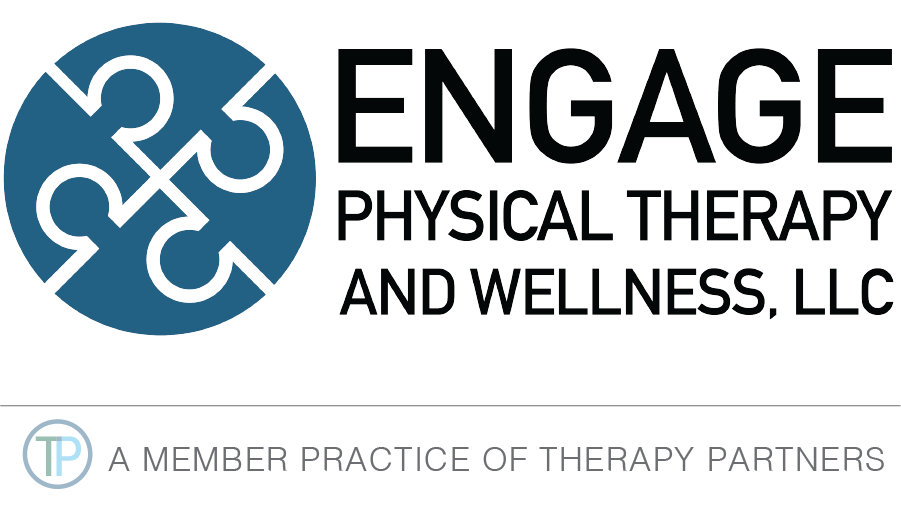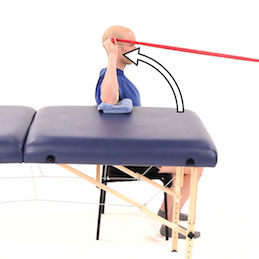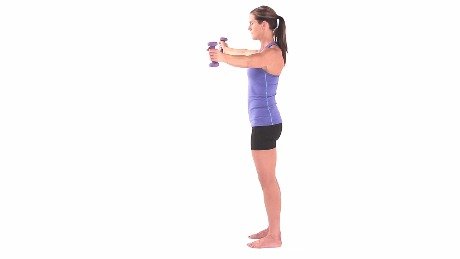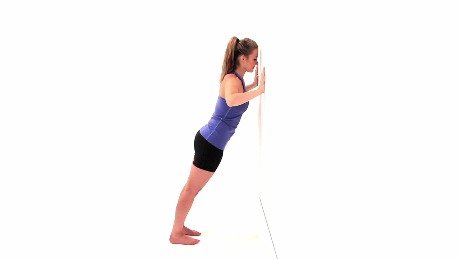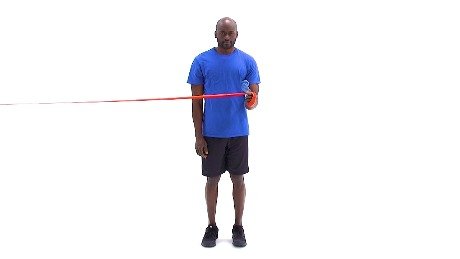What is Rotator Cuff Related Shoulder Pain and How do we Manage it?
Rotator cuff muscles and their tendons
Rotator cuff related shoulder pain ( RCRSP) is very common and 40 % of people with this condition report symptoms of pain, poor sleep and loss of function after 12 months. Most people over the age of 45 have non traumatic RCRSP. RCRSP is also known as sub-acromial impingement syndrome, subacromial bursitis, rotator cuff tendinopathy and painful arc syndrome. Also part of the continuum of RCRSP are non traumatic rotator cuff tears. Rotator cuff tears are classified as full thickness, partial thickness, degenerative or traumatic. Massive rotator cuff tears are those where more than 1 of the 4 tendons of the rotator cuff has a full thickness tear.
Risk factor for RCRSP include having a high BMI ( Body mass index), and metabolic diseases such as Diabetes and Heart Disease. Lifestyle factors that negatively impact RCRSP are smoking, low activity levels, and poor diet.
In most of these types of RCRSP, including RC tears of most kinds, best practice management is exercise based rehabilitation. This will look different for each individual. In addition rehab also is best when it includes education around the meaning of the pain, how tendons behave, and expectations for recovery. Rehabilitation requires a positive belief in your ability to execute the recomended treatment, motivation, and compliance, to improve outcomes. Passive treatments may lead to short term effects but are not recommended in the long term.
Exercise based strategies are as good as or better than surgery when it comes to managing rotator cuff related pain. These improvements are maintained at 1 year out. Recent studies using a “ sham surgery” compared to a real RC repair demonstrated the 2 groups faired the same with and without the actual surgery. Also many people have no symptoms with RC tears ranging from partial to full thickness, to even massive RC tears.
There has been much discussion about which types of exercises are best to manage RCRSP. The research in inconclusive but there are some general thoughts of best practice. A minimum of 12 weeks in needed to see changes with exercise. Some pain is expected. In fact individuals that exercise with some pain saw more increase in function. The program should be progressive so in the mid to long term, more resistance and more repetitions is helpful.
Individuals with symptomatic non-traumatic RC full and partial thickness tears are managed in a similiar way as noted above. Even with a full thickness tear, there is usually a lot of viable good tendon remaining. While research for exercise based management of massive RC tears is limited, conservative exercise based therapy is supported for this population as well.
Resources:
Hallgren HCB, Holmgren T, Öberg B, et al A specific exercise strategy reduced the need for surgery in subacromial pain patients; British Journal of Sports Medicine 2014;48:1431-1436.
Miller J, et al. Association of Strength Measurement with Rotator Cuff Tear in Patients with Shoulder Pain: The ROW Study; Am J Phys Med Rehabil. 2016 January ; 95(1): 47–56.
Lee, W. et al; Clinical Outcomes of Conservative Treatment and Arthroscopic Repair of Rotator Cuff Tears: A Retrospective Observational Study; Ann Rehabil Med 2016;40(2):252
Here are a few of my favorite exercises for managing RCRSP. Know that this is not medical advice. Seek evaluation from your physical therapist for an individualized approach to managing your shoulder pain.
